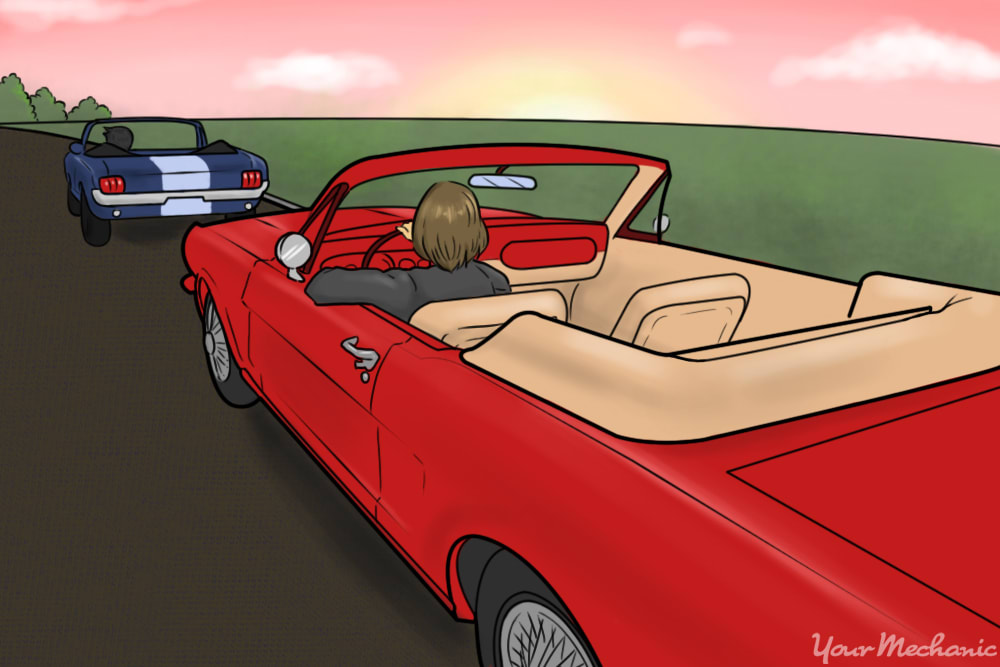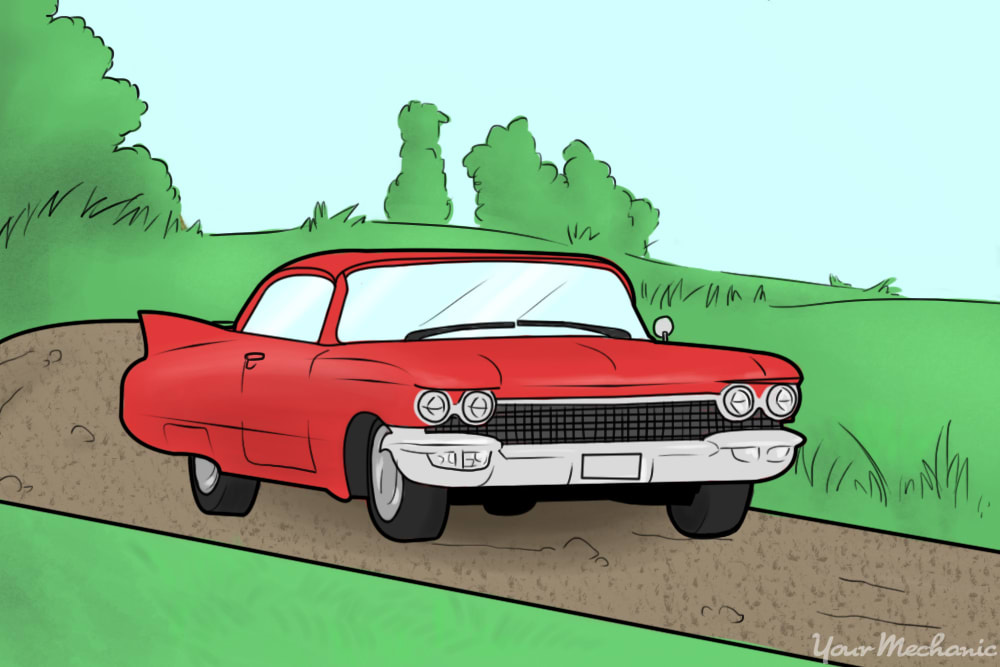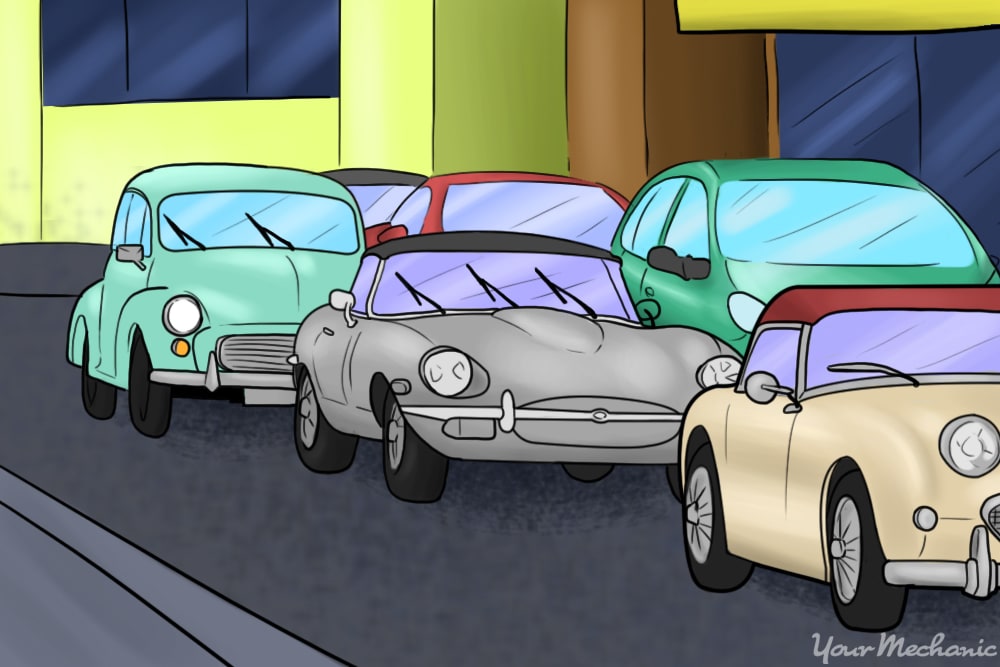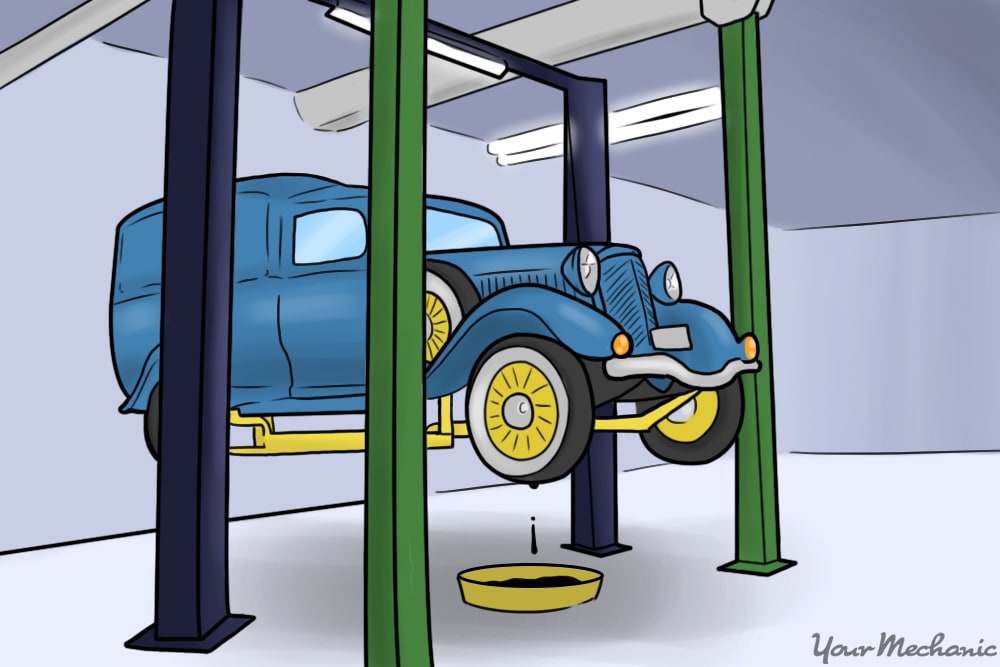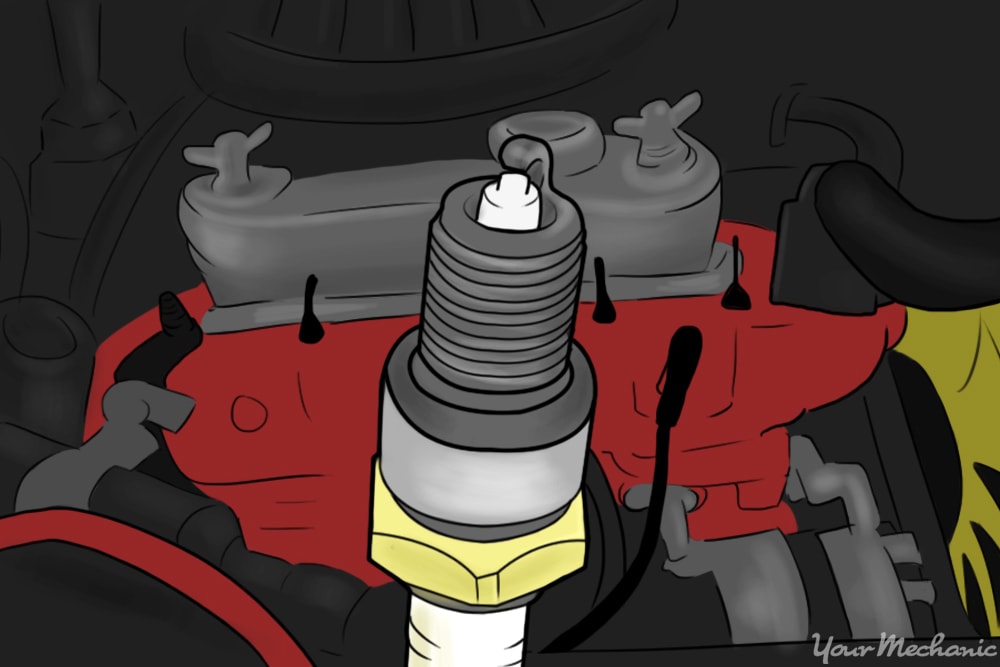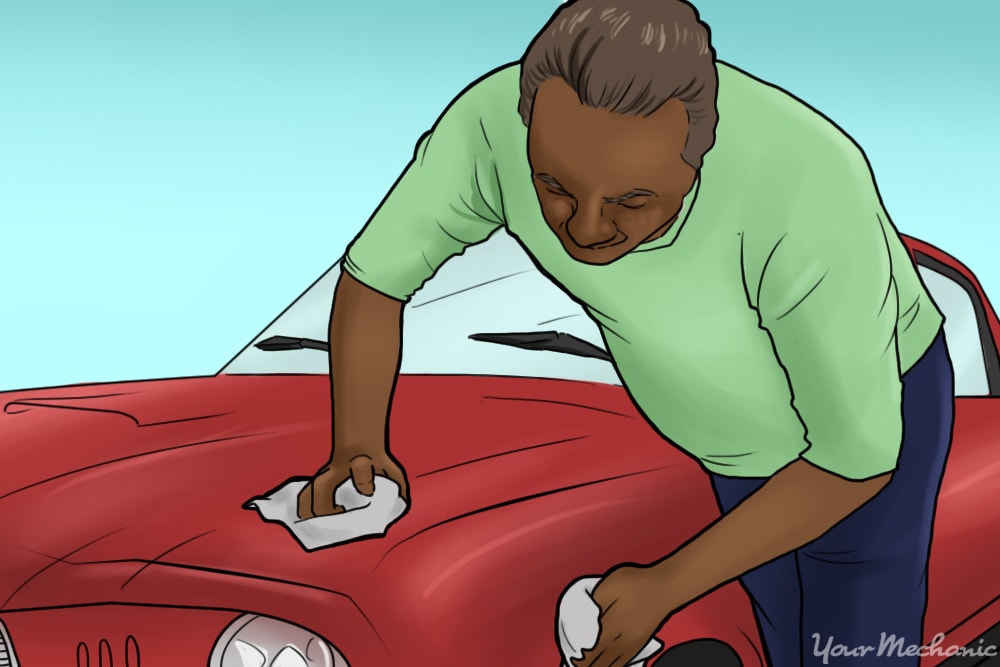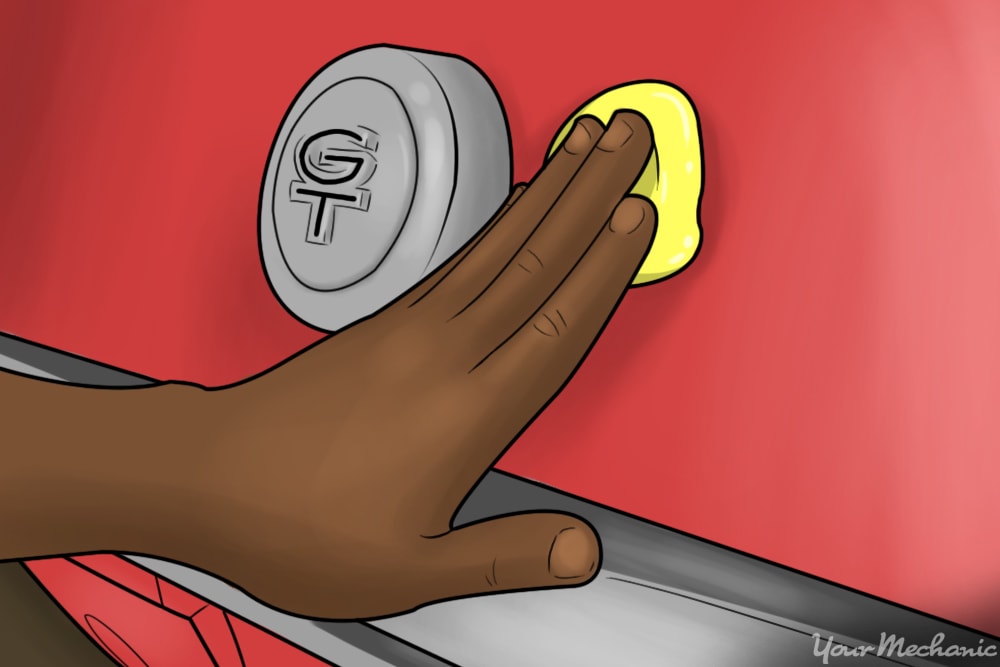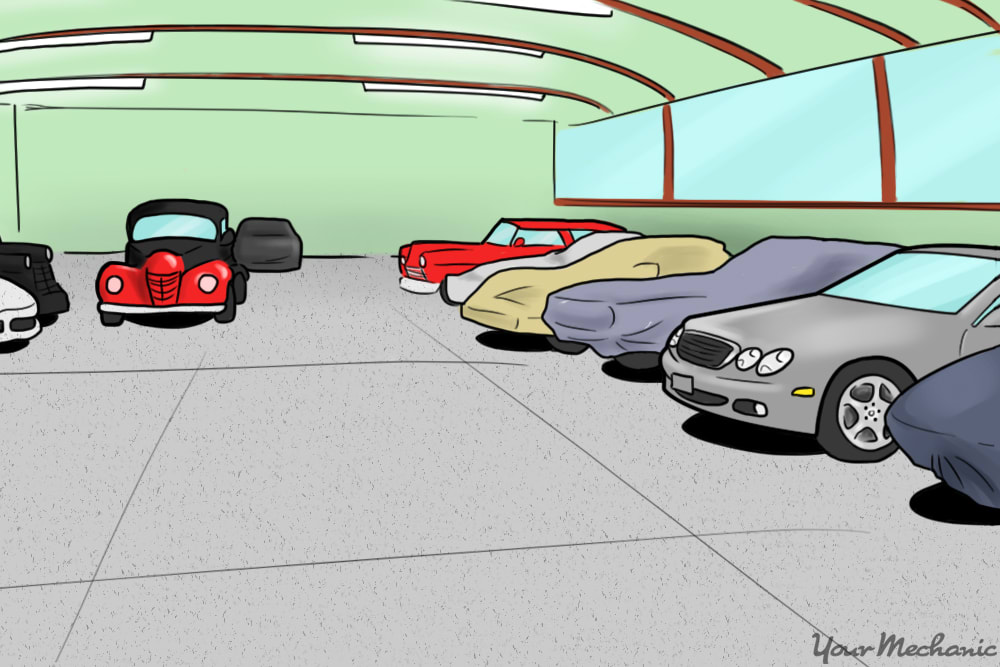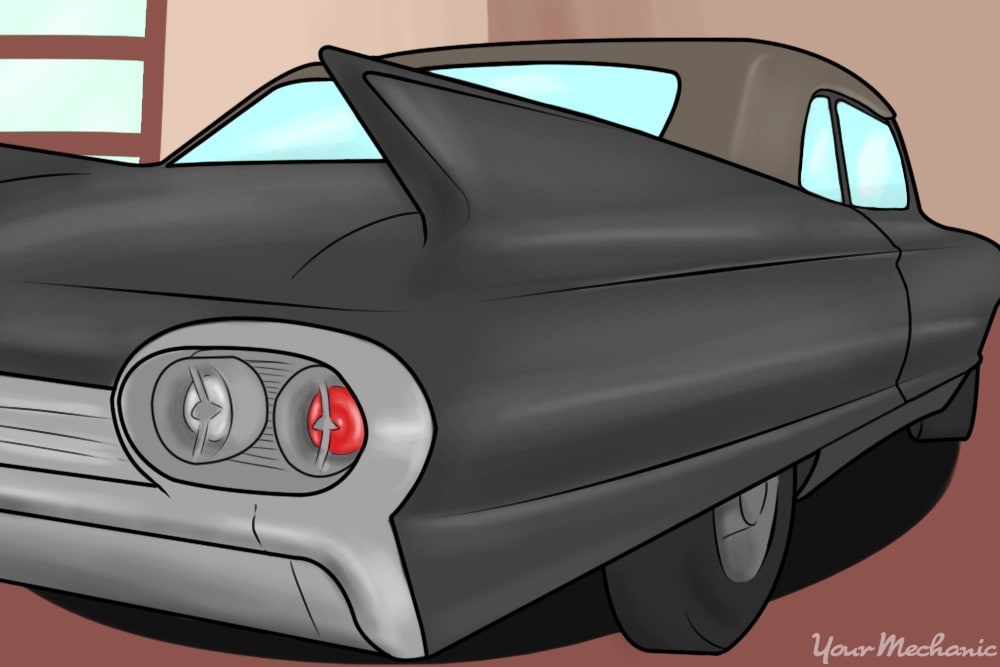

A classic car is one that is more than 25 years old and has been proven to be popular or sought after. Popular classic cars are typically from the late 1950s, 1960s, and into the 1970s with examples including:
- Chevrolet Camaro
- Dodge Charger
- Dodge Dart
- Ford Mustang
- Plymouth Roadrunner
There are many other popular models that are considered classic cars including domestic, European, and Asian models. What is common among them all is that, as a classic car, they need to be protected in order to stand the test of time.
Classic cars are among the only vehicles that can be considered an investment. A classic car, even if it is not a rare model, is often 10 times more valuable now than its original purchase price. They maintain their value because they are rare, are no longer produced, and are treated as prized possessions.
Classic cars require extra measures of protection to keep them in top shape because the technology used to build them was not to the same standard as it is for modern vehicles. The sheet metal may not have been protectively coated as thoroughly, the glass windshield may be a more delicate surface, and the paint may not be as resistant to UV light from the sun. If a classic car were to be treated as a normal vehicle, you would find that it would likely degrade at a faster rate than your modern car.
Here’s how to protect your classic car to keep it in the best shape possible.
Part 1 of 4: Drive your classic car mindfully
A car is meant to be driven unless it is in a museum. If you own a classic, that means you want to enjoy it. The key to operating a classic car is to be aware of your surroundings and to be careful when you drive it.
Step 1: Drive your classic car only when the weather is appropriate. Because the metal used on classic cars was sprayed with primer and paint and not dipped or coated by electrolysis like modern cars, any bare metal is more susceptible to rust and corrosion.
Drive your classic car when the roads are dry and there is a low likelihood of rain in the forecast.
Avoid driving shortly after rainfall to prevent wetness on your metal components.
Avoid driving your classic car in the winter to prevent salt accumulation which can severely damage your car’s paint job and accelerate corrosion.
Step 2: Drive your classic car on high-quality roads. Avoid driving roads riddled with potholes or unknown routes.
Avoid driving on gravel roads where stones can chip your paint.
If you encounter an obstacle or hole in the road that cannot be avoided, slow down to prevent possible tire, suspension, or body damage when driving over or through the problem spot.
Step 3: Drive your car responsibly. Although your engine may be powerful and your car fun to drive, take care in where you choose to open it up.
If you lose control of your car and get into an accident, it can cause irreparable damage and dramatically reduce its resale value with a collision on record - not to mention that you could hurt yourself or others!
Avoid parking in mall parking lots or in questionable neighborhoods to prevent the possibility of vandalism, attempted theft, or even door dings from cars parked too close.
Part 2 of 4: Perform regular maintenance
Your classic car requires more attentive maintenance than modern cars. They were built in an era where engine rebuilds were performed as routine maintenance and fluids changed much more frequently. Never delay proper maintenance to ensure your classic car lasts as long as possible.
Step 1: Change your oil regularly. Oil change intervals have increased by thousands of miles since the classic car era.
Classic cars should have an oil and filter change every 2,500 miles at minimum, or at least annually.
Use high-grade oils such as a fully synthetic oil for the best protection from wear.
Change the oil filter every time you replace the engine oil.
Step 2: Change the spark plugs every 20,000 miles. Spark plugs tend to deteriorate faster in classic cars due to factors including the higher chance of flooding the engine, the less reliable points ignition system and lower quality manufacturing standards opposed to modern engines.
Replace the spark plugs along with the distributor cap, rotor, and spark plug wires for the best results.
Step 3: Change the coolant every 3-5 years. The coolant in your engine and radiator deteriorates whether it is circulating or not.
Drain and refill the coolant every 3-5 years to prevent it from leaving deposits inside the engine and radiator.
Change the engine thermostat every time you change the engine coolant.
Step 4: Replace the air filter annually. The air filter is the least expensive maintenance item on your car and ensures only clean air is introduced into the engine to be burned.
A clogged air filter causes running problems including increased fuel consumption, engine stumbling, hard starting, and even stalling.
Part 3 of 4: Keep your classic car clean
Materials Needed
- Bucket
- Clay bar kit
- Cloths (microfiber)
- Hose
- Mitt (microfiber)
- Soap
Your classic car will last longest if you properly clean and protect it, whether you drive the car or leave it parked.
Step 1: Keep the exterior clean. If you drive the car, it is exposed to environmental elements including tree sap, bird droppings, bugs, and acid rain that can damage your paint job.
Wash your classic car’s paint and chrome exterior as soon as you notice something stuck to your paint.
Classic car paint is more susceptible to corrosion than modern car paint, so immediate action will help reduce the chance of paint damage.
Use a microfiber mitt and gentle car wash soap, and hand wash your classic car.
Dry it completely with a microfiber cloth or chamois to eliminate water spots.
Step 2: Use a clay bar. If the paint feels rough or gritty, clean the paint further with a detailing clay bar.
Spray detailing lubricant on the paint and rub detailing clay on the paint to remove any stuck on contaminants such as rail dust or road salt.
You can also clay your classic car to remove old car wax before applying a new coat.
Step 3: Wax the exterior regularly. Car wax protects your car’s paint from UV damage, protects from permanent damage from environmental elements, and leaves your car shiny and attractive.
Wax your classic car annually if you keep it in storage, or every 6-8 weeks if you drive your classic car.
Step 4: Protect your tires with a tire conditioner. Apply a high-quality tire conditioner that also leaves the tires looking deep black.
Tire conditioner prevents early tire degradation due to sun exposure and aging.
Step 5: Keep the interior clean. The best practice is to avoid introducing items inside your car that can cause a mess.
If you do end up getting a stain on the carpet or seats, treat it immediately with upholstery cleaner before the stain sets in.
Part 4 of 4: Store your classic car
Whether you put your car away for winter or if it only comes out for car shows, storing your classic car safely will make it last as long as possible.
Step 1: Find a climate-controlled car storage. While you can park your car in your garage at home, most home garages aren’t equipped to monitor and control humidity levels.
A constant, moderate temperature will help your car last much longer.
Off-site climate controlled car storage also means less opportunity for potential damage such as a child resting a bike against your prized classic car or a box being placed on the car hood.
Step 2: Use a car cover on your classic car. Whether you choose to store your classic car at home, off-site at a climate-controlled facility, or on your driveway, using a high-quality fitted car cover will prevent dust and dirt from settling on your paint, UV damage from the sun, and potential scratches from an accident.
Step 3: Check in on your stored classic car. Every 3-6 months, check in on your classic car to ensure its operation.
Take it for a short drive to keep mechanical parts moving, preventing them from seizing up.
Whether you drive your classic car regularly or keep it in storage, it’s important to make sure it has the correct amount of insurance. Have it appraised every few years and insure it with your car insurance company for its appraised value. If your car insurance provider doesn’t extend enough insurance for your classic car, reputable classic car insurance companies like Hagerty will provide you coverage.


